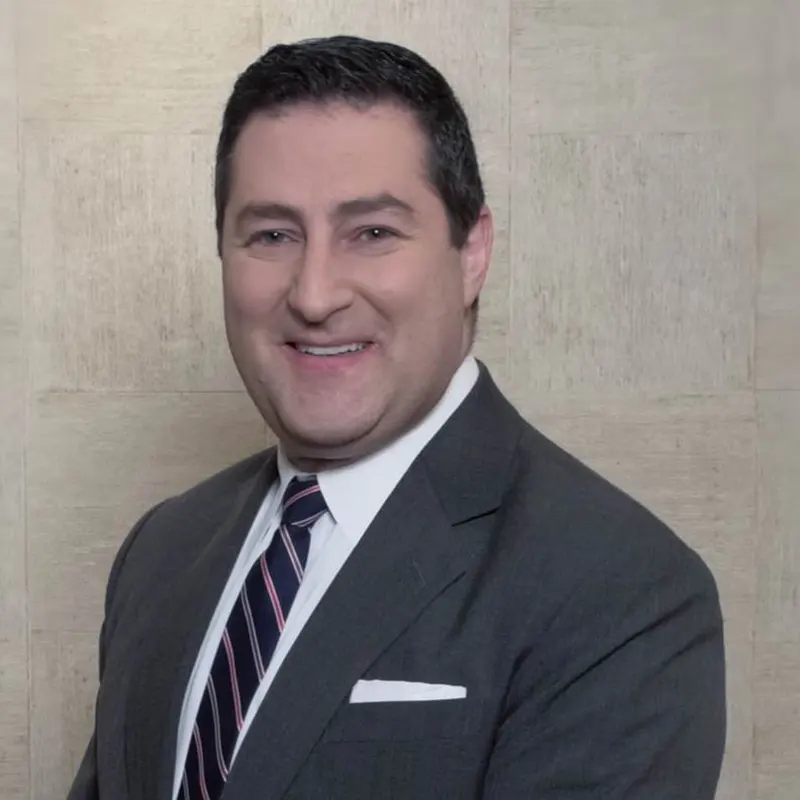

Special Needs Trust - A person with a physical or cognitive disability may qualify for taxpayer-sponsored public benefits or privately funded benefits to support his or her living expenses because he or she may be unable to work or to gain full employment due to a disability. Public benefits, like Supplemental Security Income (SSI) are “means tested.” As a result, to apply (or re-apply) for them, a person must use or “spend down” most of their savings or funds that are available without restriction.
Kiplinger’s recent article entitled “How to Keep Your Estate Plan from Jeopardizing a Disabled Heir’s Benefits” suggests that you partner with an experienced estate planning or elder law attorney who works in the complicated arena of public benefits planning.
A Special Needs Trust can be either a first-party trust created by a parent, grandparent, guardian or a court using the beneficiary’s own funds; or a third-party trust funded with assets belonging to the trust’s creator. Since the beneficiary’s assets are used, a first-party Special Needs Trust requires that the state benefits provider be reimbursed for lifetime benefits paid by it on behalf of the beneficiary.
A third-party Special Needs Trust for the primary benefit of the disabled individual will supplement, but not supplant, his or her public benefits. Upon their death, the remaining balance of the trust will be distributed to their heirs.
Special Needs Trusts are one of several solutions that can be used to plan for descendants who currently receive disability benefits or may in the future. There are also some other options.
ABLE accounts. This is a savings accounts for individuals with disabilities. It is like 529 education savings accounts with similar tax advantages; However, there is a limited amount that can be held in an ABLE account. The balance will not be considered an available resource.
Pooled trusts. This type of trust is managed by a nonprofit organization, where the funds of many beneficiaries are combined into one master trust for administrative and investment purposes. Sub-accounts are then created for each beneficiary, with the disabled person’s account getting a proportionate share of the entire fund’s earnings. Distributions may be made by the trustee from the beneficiary’s share and used for his needs.
Reference: Kiplinger (Feb. 9, 2022) “How to Keep Your Estate Plan from Jeopardizing a Disabled Heir’s Benefits”
The 15 minute initial phone call is designed as a simple way for you to get to know us, and for our team to learn more about your unique estate planning needs.

222 Bloomingdale Rd #301,
White Plains, NY 10605
120 North Main Street, Suite 203,
New City, NY 10956
